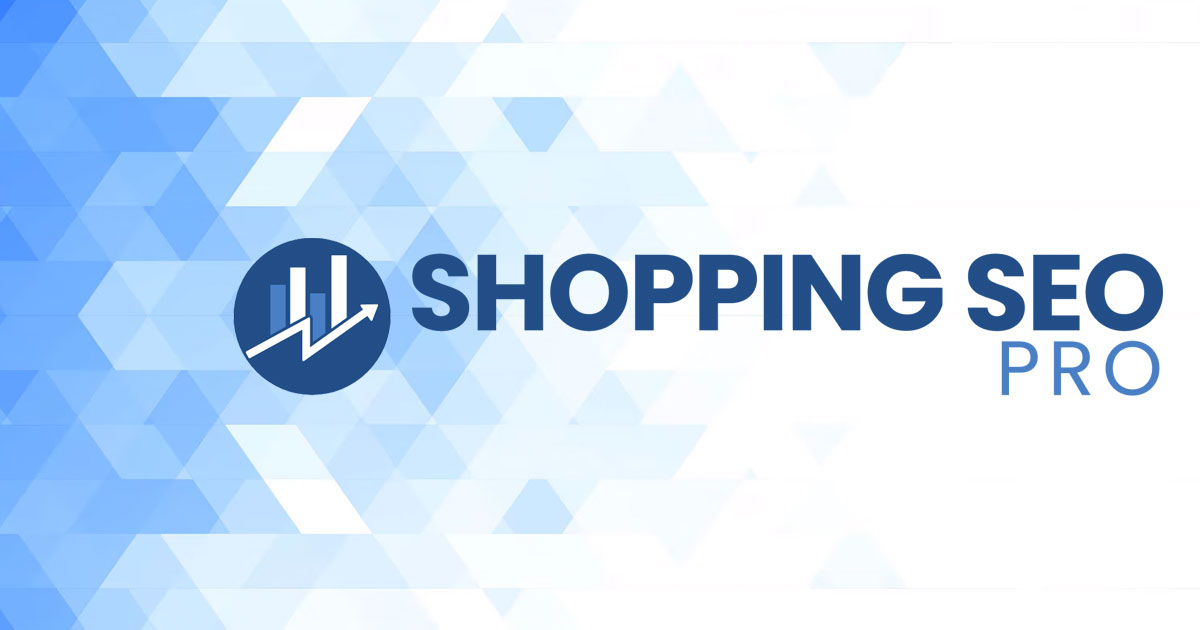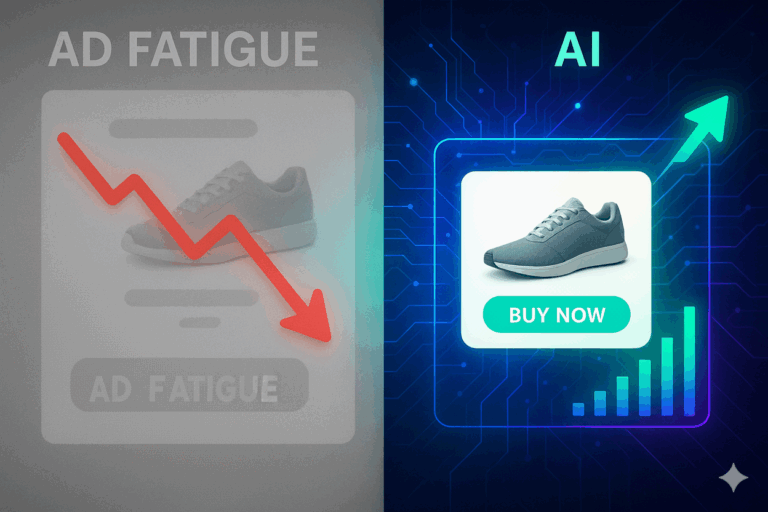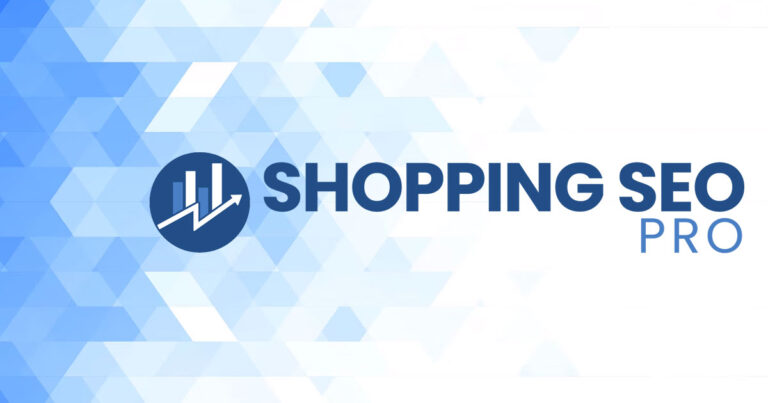Attribution modeling is often misunderstood as a way to distribute credit among channels, like an end-of-season awards show for marketing. But that view misses the real point.
Attribution isn’t about fairness. It’s about understanding the data so leverage can be created.
If you’re putting money into marketing, attribution is your diagnostic tool to figure out where to push harder, what to cut, and what to watch. And the highest-leverage opportunities almost always live in your paid media — because that’s where you have the most control.
What Attribution Modeling Is (and Isn’t)
Attribution models are frameworks for assigning value to different marketing touchpoints along a buyer’s journey. Common models include:
- First-click: Credits the first interaction. Useful for understanding discovery.
- Last-click: Credits the final interaction. Useful for closing insights.
- Linear: Spreads credit equally. Useful for seeing the whole journey.
- Time decay: Weights recent interactions more. Useful for long sales cycles.
- Position-based: Splits most credit between the first and last. Balanced but arbitrary.
- Data-driven (DDA): Machine-learning model based on observed behaviors. Often opaque.
These models aren’t about moral justice. They’re about identifying which parts of the buyer journey drive action — and most importantly, which ones you can influence at scale.
The Case for Prioritizing Paid Attribution
Organic content, word of mouth, email, and SMS all have roles. But they aren’t where scale happens. They’re not easily controlled, and their performance is often built on the back of paid traffic.
Paid traffic is the growth engine. It’s where you control:
- The budget
- The messaging
- The audience
- The landing experience
If you’re serious about growth, this is where your attribution modeling needs to be focused. You need to know the full picture of what’s driving profitable customer acquisition — not just what’s getting the final click.
Where Attribution Breaks Down
Even in paid, attribution isn’t perfect. Here’s where it gets messy:
- Platform bias: Google, Meta, TikTok, etc., all claim full conversion credit regardless of their importance / influence along the user path to conversion. They’re all incentivized to insert themselves in the journey which tends to overstate their true value.
- Pixel-driven overreach: Just because a platform remarketed to a visitor doesn’t mean it caused the visit or conversion. This creates inflated performance reports.
- Cross-device tracking gaps: Journeys started on mobile and completed on desktop often break attribution.
- Multiple platforms claiming the same sale: It’s not uncommon for Google and Meta to both claim 100% of a single conversion.
- Black box attribution models: Data-driven attribution (DDA) might sound sophisticated, but the algorithms are invisible. You can’t audit them or truly understand what’s being rewarded.
Origin vs. Nurture: The Ecosystem View
Not all touchpoints are trying to do the same thing. A common trap is mistaking a nurture channel for an origin channel.
- Origin channels introduce someone to your brand (e.g., Google Ads cold search, YouTube, TikTok organic, paid prospecting campaigns).
- Nurture channels push a warm lead to buy (e.g., branded search, email, SMS).
Attribution models that favor last-click or platform-reported conversions usually over-credit nurture. The smart move is to segment performance reporting based on role in the journey — not just position in the clickstream.
How to Build Attribution That Actually Helps You Scale
If your goal is scalable growth, your attribution strategy needs to be:
- Paid-focused: Because that’s where your leverage is.
- Model-flexible: Compare first-click, last-click, and position-based models to see different views.
- Origin-aware: Always distinguish between discovery and closing.
- Pixel-skeptical: Don’t blindly trust what platform dashboards say.
- Externally validated: Use post-purchase surveys, UTMs, and third-party tools to confirm what the platforms claim.
The PMax Problem (Optional Tie-in)
Performance Max is a perfect case study in attribution gone wrong. It hides what’s working, blends channels, and claims credit without giving insight. If you’re using PMax, your attribution challenges are multiplied — and you might not even know what you’re scaling.
We cover this more in our companion article: Why PMax Is a Black Box You Shouldn’t Trust
Final Thought: Attribution Is a Strategy Tool, Not a Scoreboard
Great marketers don’t use attribution to divide up a trophy. They use it to make smart, scalable decisions.
Focus your modeling where it matters most — on the channels you can control. That’s where real leverage lives.




